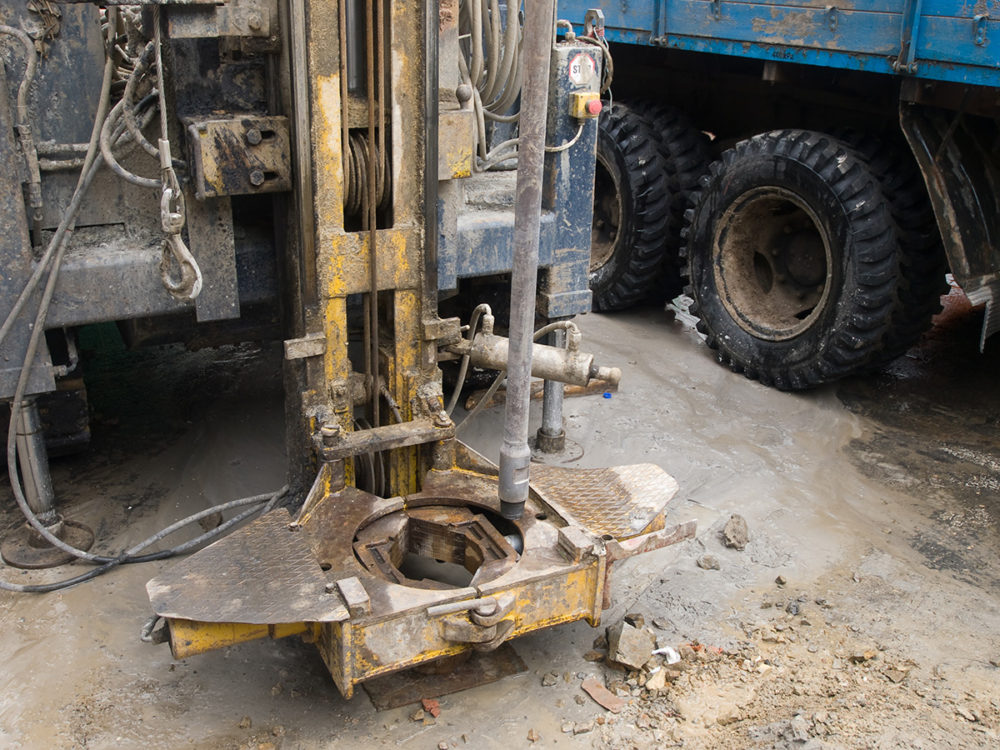In order to advise my clients on where water cans be found on their property or project, I visit and analyse the site to find the centre of the spring to take readings and measurements with which to calculate the optimism location to drill.
On my site visit, I use my divining rod to carry out a survey to analyse the strength of my reactions. I pace out and measure depthing points by walking at right angles to the spring, crossing over the water.
I plot five reactions which I make a mental note of and then mark out the central point of the five. This is the drilling point, where optimum water supply will be located. The remaining four points are used to calculate the depth and I will always seek to find the best water supply at the least depth and therefore the easiest and most cost effective access.
Years of experience in the field has given me an accurate mathematical model of my readings adding a further level of precision to the surveys I carry out. Within a week you will receive a written report from me, confirming location, depth and flow. This will allow you to cost your drilling accurately and avoid unnecessary and expensive drilling for depth.
Often drilling companies choose to drill in a location, guided by geological maps, which is easiest for them to access. Whilst they may well find water, it could be at a considerably lower depth, which, as drilling costs are calculated by the metre, can lead to a great deal of over expenditure on the project.
For a relatively small initial outlay of a dowsing survey, my clients often save themselves thousands of pounds in drilling expenses.

